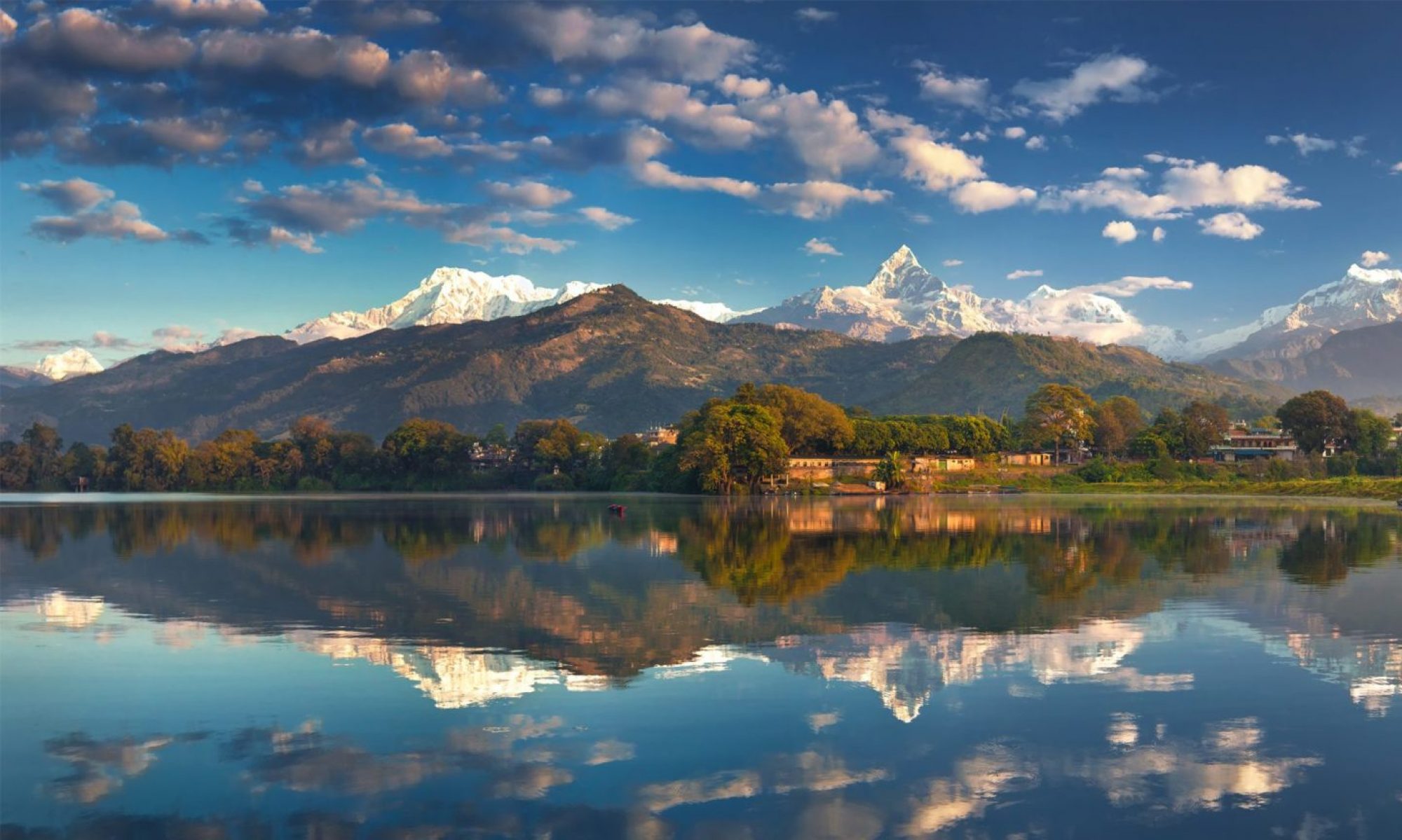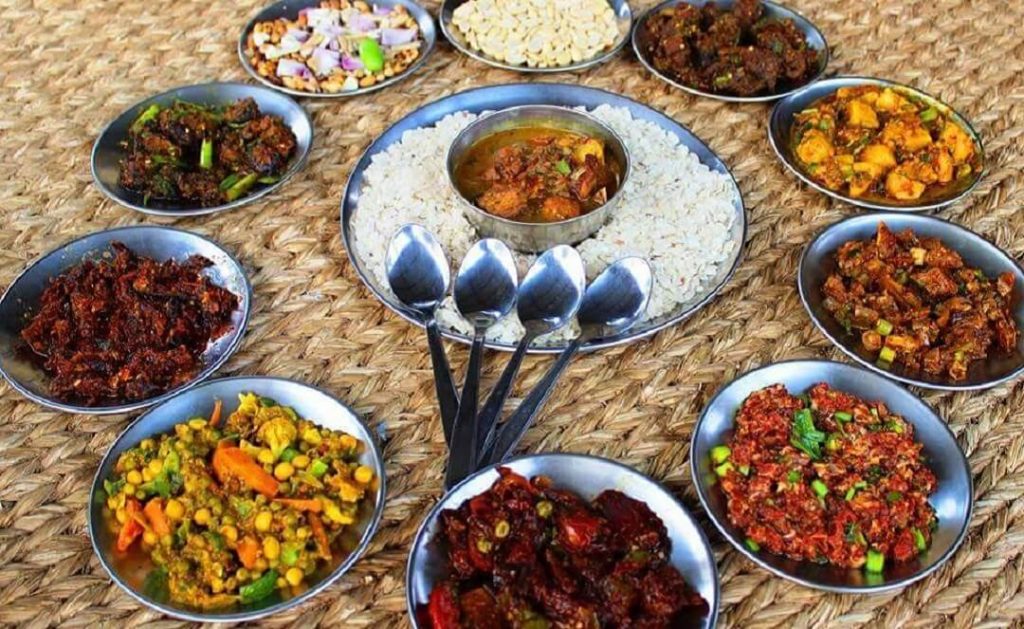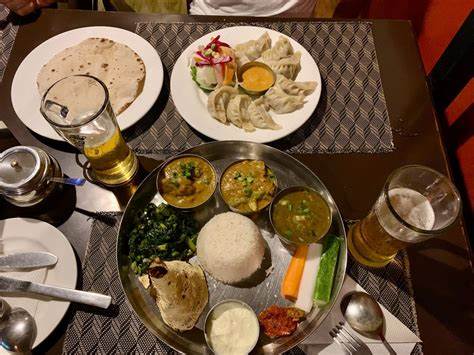
Reaching Altitude in Nepal: Your Journey to the Himalayas Awaits!
Namaste! Are you looking for an adventure like no other? I invite you to visit Nepal, a land where the journey from lush lowlands to the towering Himalayas is an experience of a lifetime. Whether you dream of trekking through scenic trails, flying over snow-capped peaks, or challenging yourself to reach the world’s highest mountains, Nepal has something for every traveler. Let me share with you how you can explore Nepal’s incredible altitudes and embrace the adventure that awaits!
From the Lowlands to the Himalayas: Your Path to High Altitudes
1. The Lowlands (100m – 1,500m) – Where Your Journey Begins
The Terai region is Nepal’s starting point, home to breathtaking jungles, wildlife, and rich cultural heritage. Here, you can explore Chitwan National Park and Lumbini, the birthplace of Lord Buddha. Moving up, cities like Kathmandu (1,400m) and Pokhara (827m) serve as the gateways to the mountains, offering stunning landscapes and the perfect start to your adventure.
2. The Mid-Hills (1,500m – 3,500m) – Where Nature Meets Culture
Trekking into Nepal’s mid-hills brings you to breathtaking viewpoints and traditional villages. Popular treks like Ghorepani Poon Hill (3,210m) provide stunning views of the Annapurna and Dhaulagiri ranges. In Namche Bazaar (3,440m), the heart of Sherpa culture, you will experience the warm hospitality of the Himalayan people while acclimatizing for higher altitudes.
3. The High Himalayas (3,500m – 5,500m) – A Challenge Worth Taking
This is where adventure meets the ultimate test of endurance. Trekking to Everest Base Camp (5,364m) or Annapurna Base Camp (4,130m) allows you to walk among the world’s tallest peaks. If you seek untouched beauty, Tilicho Lake (4,919m), one of the world’s highest lakes, is a breathtaking sight surrounded by glaciers and snow-capped mountains.
4. The Death Zone (Above 8,000m) – Conquering the Sky
For extreme adventurers, Nepal is home to eight of the world’s 14 highest peaks, including Mount Everest (8,848.86m). Climbing these mountains is a test of willpower, skill, and resilience. If you are an aspiring mountaineer, Nepal is the place where dreams of touching the sky come true.
How Can You Reach These Altitudes?
- For Adventure Seekers → Trekking to Everest Base Camp, Annapurna, or Tilicho Lake is an unforgettable experience.
- For Comfort Travelers → You can take scenic flights to Pokhara or Lukla and enjoy short treks or helicopter tours to high-altitude locations.
- For Cultural Explorers → Travel by road to Kathmandu, Pokhara, and picturesque Himalayan villages to witness Nepal’s rich traditions and lifestyle.
- For Mountaineers → If climbing is your passion, Nepal offers world-class expeditions with expert guides to help you conquer the highest peaks.
Why You Should Visit Nepal for This Adventure
Nepal is more than just mountains; it is a land of discovery, adventure, and cultural wonder. By visiting Nepal, you will:
- Witness the breathtaking transition from green valleys to towering peaks.
- Experience thrilling treks and climbs that challenge your limits.
- Soar above the Himalayas in scenic flights or helicopters for unmatched views.
- Immerse yourself in the culture, warmth, and hospitality of the Nepalese people.
Come and Experience Nepal’s High Altitudes!
Whether you dream of trekking to Everest, exploring hidden mountain trails, or flying over the world’s tallest peaks, Nepal is calling you! I invite you to come and experience the magic of Nepal’s landscapes, the thrill of climbing, and the warmth of its people. Your adventure to the top of the world starts here—are you ready to take the journey?








